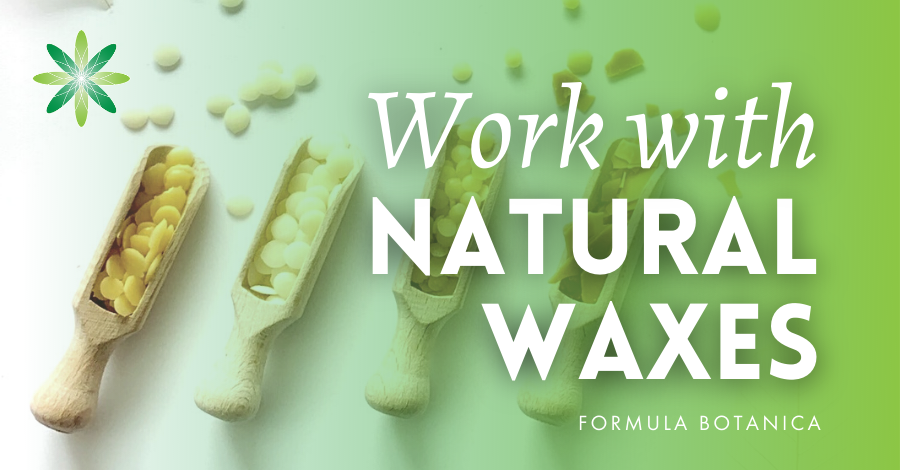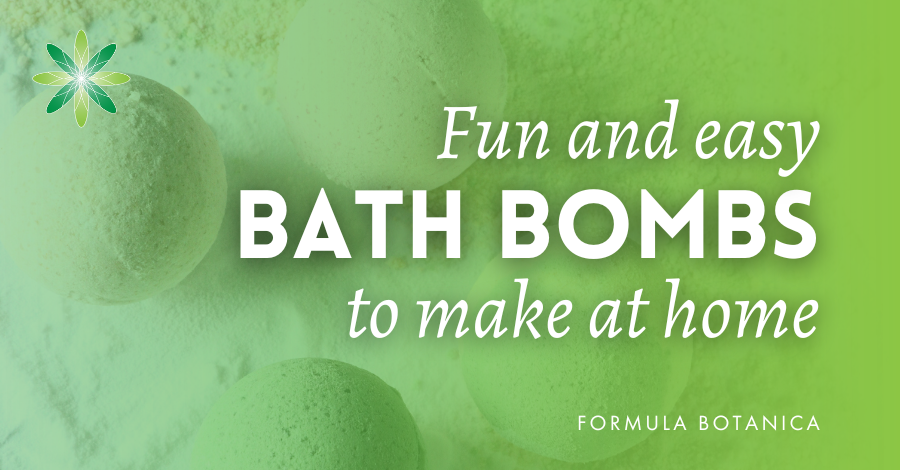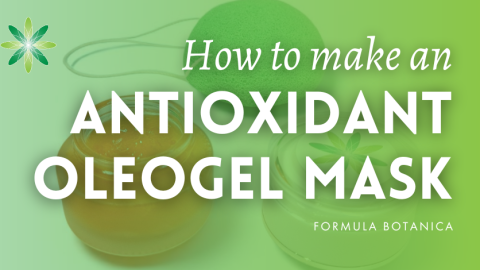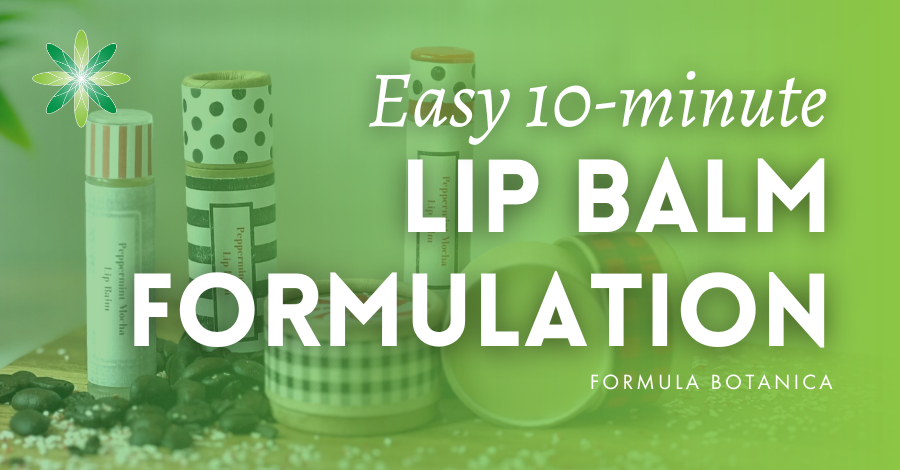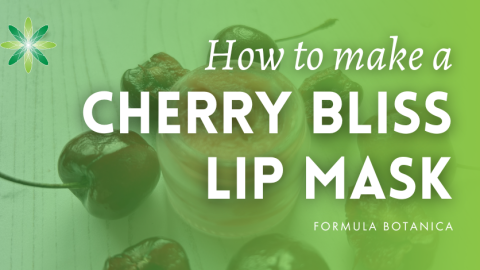Cleansing is a key element in any skincare routine. There are many different types of cleansers on the market, to suit all skin types and preferences. Transformative formulas, change their texture and/or colour when for example, you add water during use. These types of products are fun to formulate and use and are gaining popularity in the skincare market.
In this post, we’re going to teach you how to make a powder cleanser that transforms in to a silky foam. And if you want to learn how to formulate any other cleansers, we also have a range of other cleanser formulations for you to explore that we have listed below.
Read more:
How to make a Natural Cream Cleanser with Polyaquol 2W
How to make a Camellia Cleansing oil
How to make a Natural Cleansing balm
How to make a Facial Cleansing Stick
What is a powder cleanser?
There are many clay-based powder cleansers which need to be activated with water. One of the advantages of a powder formulation is that there is no need for a preservative system, making them ideal for beginner or more advanced formulators alike.
Another advantage of this kind of formulation is that you can include clays without concerns about preservation. Whilst clays are wonderful ingredients, they can be very difficult to preserve effectively, for this reason at Formula Botanica we recommend using clays in formulas that will be activated by the customer.
When making a powder cleanser, you could also include superb powdered herbs, fruit powders and milk powders. This is a wonderful opportunity to experiment and use your imagination.
Learn how to make a transformative Dragonfruit Powder to Foam Cleanser #indiebeauty #formulation #skincare Share on XWhat is a powder to foam cleanser and how does it differ?
In addition to clays and other powdered ingredients, this type of cleanser contains powdered surfactants. They give just enough cleansing and foaming power to the cleanser without dominating the other ingredients.
Ingredients to include
This formulation can include clays, powdered herbs such as chamomile, powdered/ freeze-dried fruit such as strawberry powder, milk powders such as coconut milk powder, other botanical ingredients in powder form such as allantoin, oat, panthenol.
When making a powder to foam cleanser, you must include a powdered surfactant as well. We recommend playing around with the ratios, there is no right or wrong answer. There are a few powdered surfactants to choose from. It is important that you use either powders or prills. If you have little noodles, just run them through a coffee grinder.
Surfactants to choose from
Sodium Cocoyl Isethionate (SCI)
Sodium Cocoyl Isethionate is a great, anionic surfactant with a rich, dense lather. It is relatively mild, with a pH around 6. It is derived from coconut and can be purchased as flakes, powder or prills. It is the surfactant we have chosen for our Dragonfruit Powder to Foam cleanser.
Sodium Coco Sulfate (SCS)
This is a solid anionic surfactant that is accepted by Ecocert. It is good surfactant with strong cleansing properties and it produces a great lather. Because it is quite strong, it is best when mixed with SCI. It has a higher pH, around pH 9, which you will need to consider when designing your formulation.
Sodium Lauryl Sulfoacetate (SLSA)
Another anionic surfactant that is Ecocert approved. It is relatively mild and it is from plant origin. It comes in a powder form for which you must use a good face mask to avoid inhaling it. It doesn’t have a very high pH (pH 5-7.5) and it creates a rich lather.
Sodium C14-16 Alpha Olefin Sulfonate
It is anionic surfactant which is derived from coconut. It is similar in behaviour to Sodium Coco Sulphate, so we would recommend that you work with this if you want to replace the sulfate in your product (for example SLS or SCS). It is biodegradable and it has a higher pH (around 8-9) so you will need to consider this when designing your product.
Make our Dragonfruit Powder to Foam Cleanser
| Phase | Ingredients | Weight (grams) |
| A | Bentonite Clay | 20.00g |
| A | Coconut Milk Powder | 20.00g |
| A | Sodium Cocoyl Isethionate (SCI) Powder | 18.00 |
| A | Powdered Rose petal powder | 15.00g |
| A | Dragon Fruit Pitaya Powder | 15.00g |
| A | Rice Powder | 7.00g |
| A | Colloidal oatmeal | 5.00g |
| Total: 100.00 |
Method: How to Make a Powder to Foam Cleanser
- Weigh your ingredients
Weigh out the ingredients in a bowl, adding them one by one and remembering to reset the scale each time. It is a good idea to wear a mask when working with powder ingredients, to minimise the risk of inhalation and following GMP (Good manufacturing practice).
- Mix ingredients together
Once all the ingredients have been weighed and added to the bowl, stir them well and check the consistency.
- If needed use a coffee grinder
If the mixture is too course, you can use a coffee grinder to make the consistency finer.
- Store your formulation
Transfer the formula to a clean, dry container ready for use. It is important that you think about how to transfer the product from the packaging at each individual use, for example you may want to use a spoon to scoop the powder from the jar.
The Sodium Cocoyl Isethionate will make this a gentle cleanser with a slight foaming action, the coconut milk is very nourishing so it won’t dry your skin out. The dragonfruit and rose petals will give the lush colour and scent to our cleanser.
Once you’re ready to use your Dragonfruit Powder to Foam Cleanser, add a small amount of powder in your palm or bowl and add some water. It will gently foam up, as some of the powders dissolve and the surfactant will start to create a bit of foam. It will not become like a mousse, but it will be light and fluffy – and if you follow our sample formulation, it will yield an amazing colour change.
Other ideas:
– Experiment with different clays, for example kaolin is great for all skin types
– Use your favourite freeze dried fruit powder, strawberry is superb and so is banana which can be nourishing.
– Use powdered flowers, for a stunning scent without the use of essential oils.
– Use soothing botanicals such as powdered chamomile, oat, allantoin, aloe vera.
– Add powdered humectants, such as honey or xylitol.
Formulators tip: Make sure the powders are kept away from moisture, especially if the blend has a lot of fruit or honey. They can cake up and make your cleanser a chunky mess.
Recommended Suppliers
Bentonite Clay
UK/EU: The Soap Kitchen
Dragonfruit Powder (Pitaya)
UK/EU: Hybrid Herbs
Sodium Cocoyl Isethionate
UK/EU: Bay House Ingredients
US: Making Cosmetics
Coconut Milk Powder
UK/EU: Gracefruit
Now it is your turn. Share your powder to foam formulations with us on Instagram using the hashtag #formulabotanica. We love to connect with you! If you enjoyed this formulation, why not register for our free sample class below.
FREE TRAINING
Learn how to become an
Organic Skincare Formulator
FREE TRAINING
How to become an
Organic Skincare Entrepreneur
FREE TRAINING
How to become an
Organic Skincare Entrepreneur
Leave us a comment
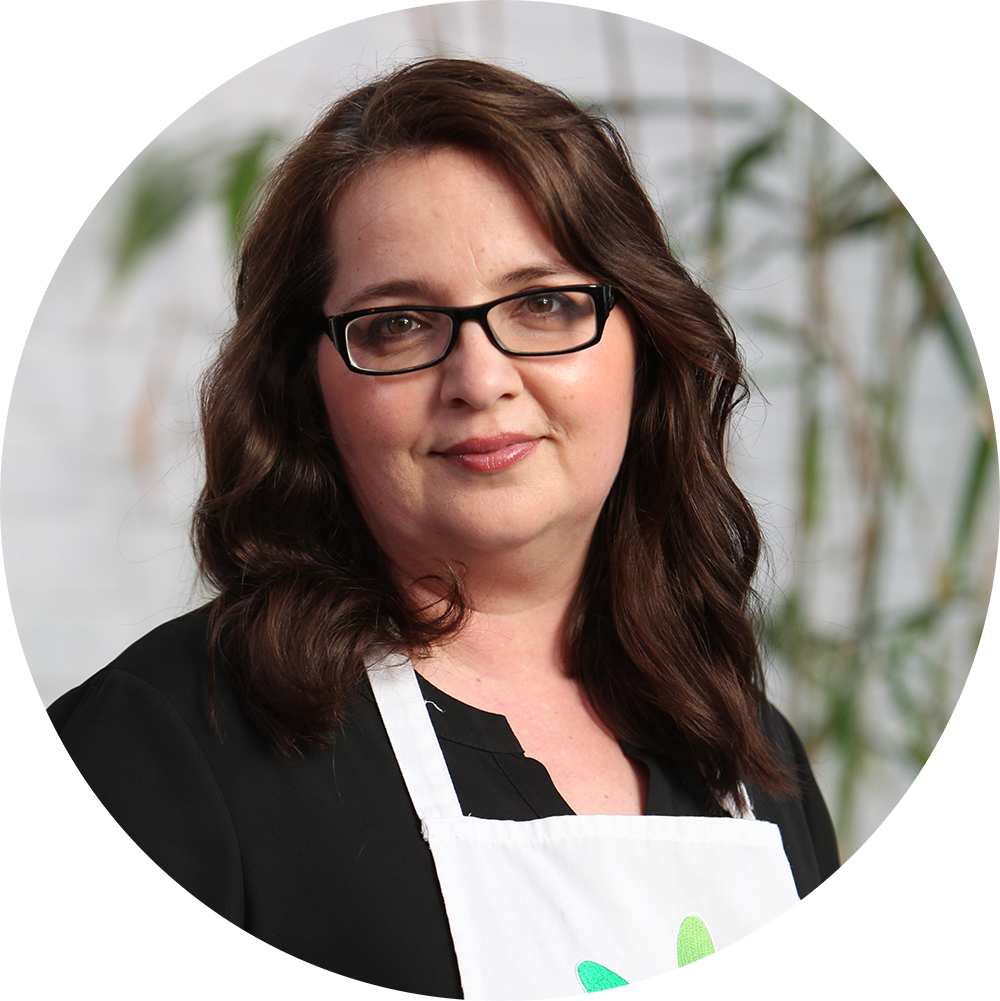
Timi was a key member of the Formula Botanica team from 2015 to 2020; first as our Education Manager and then as Head of Formulation & Research. You can find out more about the Formula Botanica team here.




